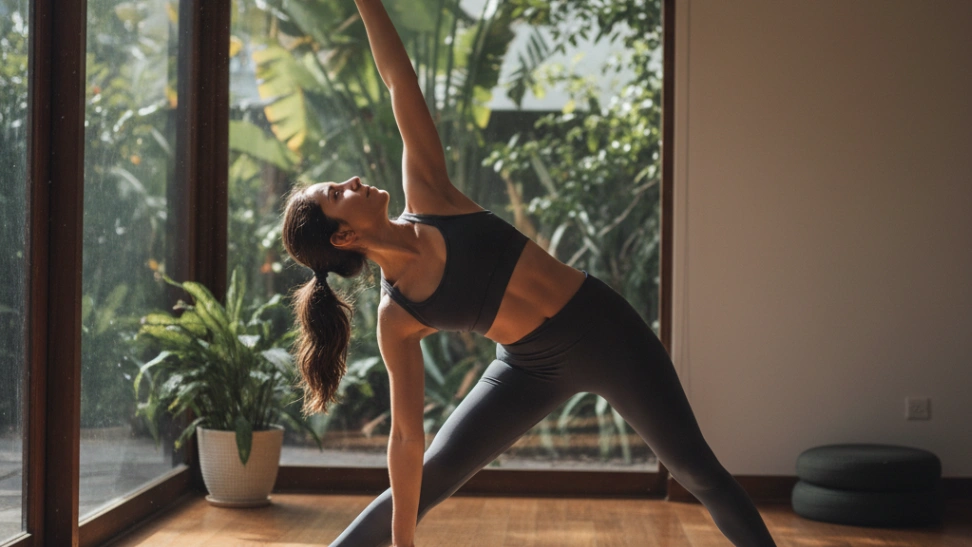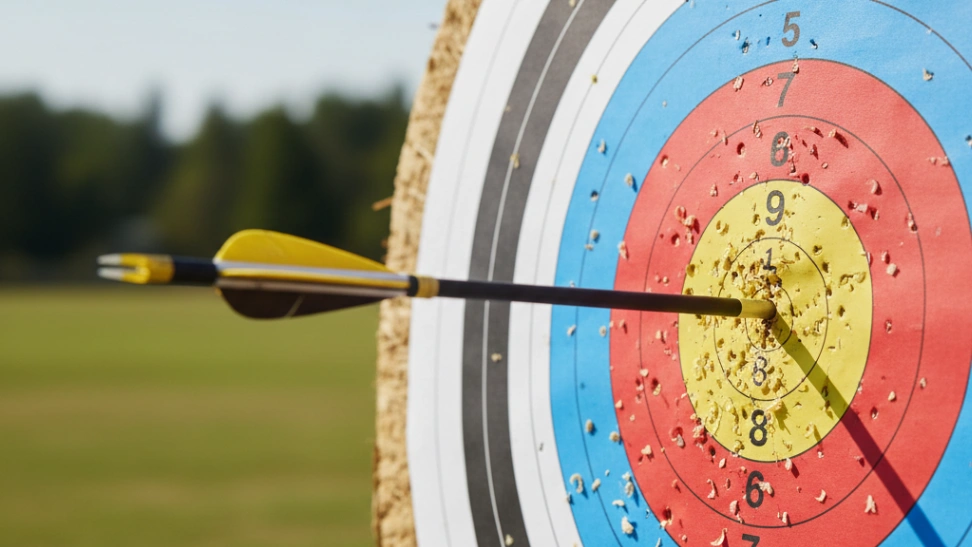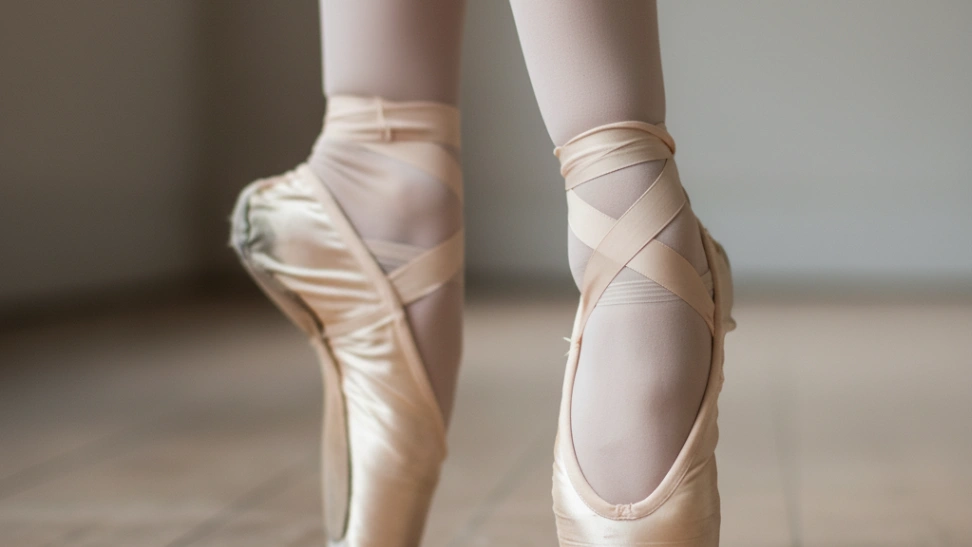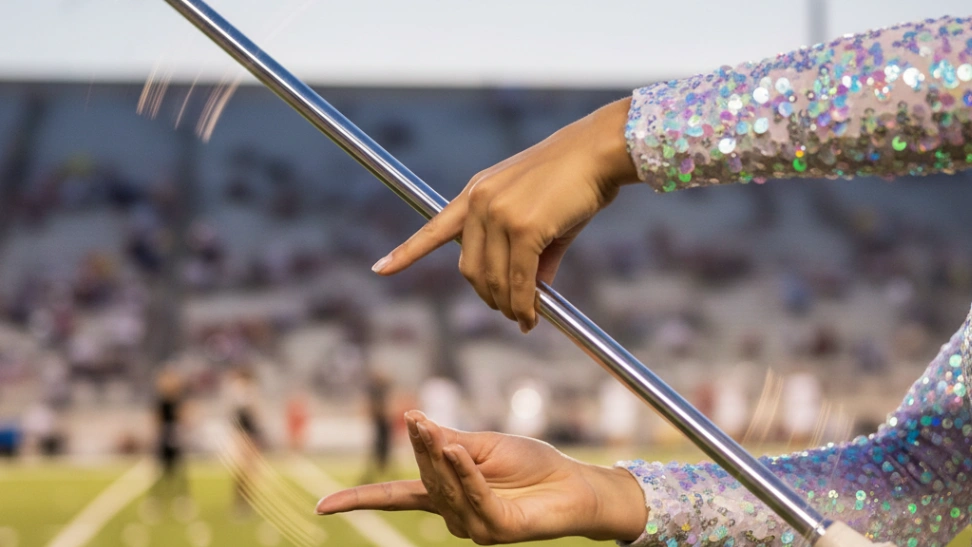Is This Hobby For You?
Perfect for those seeking to enhance physical well-being, reduce stress, and cultivate mental clarity through a holistic practice.
Why You'll Love It
- Significantly improves flexibility, strength, and balance across all fitness levels.
- An effective stress-reducer, promoting relaxation and mental calm.
- Connects you with a supportive community in studios and online.
Good to Know Before You Start
- Initial classes or equipment can incur a moderate cost.
- Requires consistent practice to see and maintain significant benefits.
- Some poses can be challenging or require modifications for certain physical limitations.
Hobby Traits
How the community rates this hobby.
Getting Started: The Essentials
The basic requirements to begin your journey with Yoga.
Startup Cost
$50
Community-voted average
Ongoing Cost
Low
Monthly upkeep estimate
Essential Gear
Yoga Mat
Provides cushioning and grip for postures, essential for comfort and stability.
Comfortable Activewear
Flexible clothing that allows for full range of motion without restriction.
Yoga Blocks (optional but helpful)
Aids in alignment and provides support for various poses, especially for beginners.
Learning Curve
Overall Difficulty: Medium
Associated Skills
Skills you can expect to develop while pursuing this hobby.
A Closer Look at the Traits
Relaxing
A calm, low-key pursuit that helps you unwind and de-stress.
Mostly for Fun
While you might create something, the primary goal is enjoyment and relaxation.
Indoor/Outdoor Balance
Can be practiced both indoors and outdoors, offering flexibility depending on the weather.
Very Physical
A physically demanding hobby that builds strength, endurance, and coordination.
Mostly Technical
Creativity plays a role, but the focus is on mastering technical skills and structured problem-solving.
Social/Solo Balance
Can be enjoyed alone or with a small group, offering a mix of personal focus and social interaction.
Frequently Asked Questions
Similar Hobbies
Hobby Traits
How the community rates this hobby.



